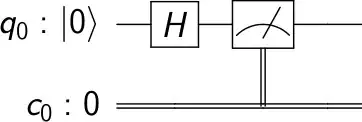The idea of a qubit being able to exist for several values between 0 and 1 (superposition) makes it sound like it can do alot for probabilistic math problems, but for one task that comes instantly to mind, probabilistic sampling, or random number generation from a target probability distribution, how would the quantum version of doing this be implemented, and where exactly does superposition kick in? For this task, does superposition get its edge due to it capturing the entire distribution all at once somehow? And are other quantum properties like entanglement also being exploited.
Besides sampling, the usage of quantum to map and pre-emptively evaluate all possible outcomes for a utility, reward or loss function, for example, all seem to be related somehow, but I still can’t see what role superposition is playing in these sort of probabilistic tasks mathematically, compared to the binary 0 (false/off/no) and 1 (true/on/yes) classical case, which itself doesn’t invoke some correspondence to the task at hand either.
